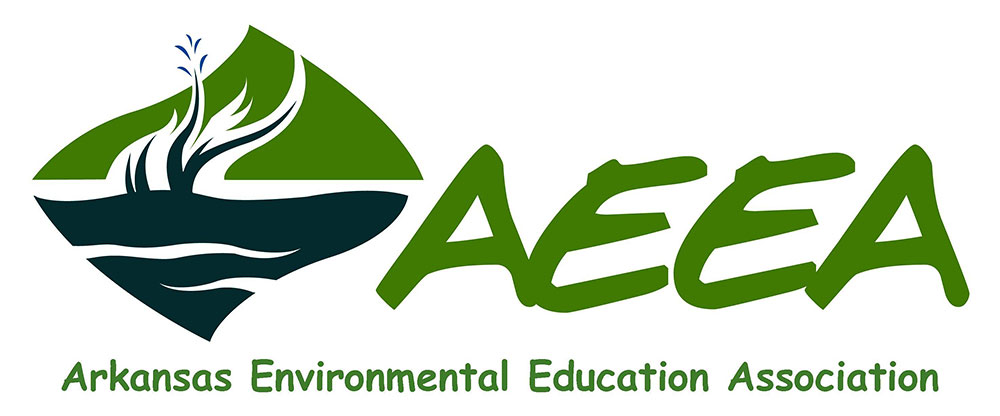
What is Environmental Education?
Environmental education is a learning process that increases people’s knowledge and awareness about the environment and associated challenges, develops the necessary skills and expertise to address the challenges, and fosters attitudes, motivations, and commitments to make informed decisions and take responsible action.
(UNESCO, Tbilisi Declaration, 1978).
Components of Environmental Education
- Awareness and sensitivity to the environment and environmental challenges
- Knowledge and understanding of the environment and environmental challenges
- Attitudes of concern for the environment and motivation to improve or maintain environmental quality
- Skills to identify and help resolve environmental challenges
- Participation in activities that lead to the resolution of environmental challenges (UNESCO, 1978)
Benefits of Environmental Education
Studying EE Creates Enthusiastic Students, Innovative Teacher-Leaders
In a world where it is increasingly challenging to get students interested in classroom lessons, EE offers an enriching way for both students and teachers to connect their appreciation of the natural world to academics.
EE Helps Build Critical Thinking and Relationship Skills
Environment-based education emphasizes specific critical thinking skills central to “good science”—questioning, investigating, forming hypotheses, interpreting data, analyzing, developing conclusions, and solving problems.
EE Instructional Strategies Help Foster Leadership Qualities
Environmental education emphasizes cooperative learning (i.e., working in teams or with partners), critical thinking and discussion, hands-on activities, and a focus on action strategies with real-world applications. As a result, students who study EE develop and practice the following leadership skills:
- Working in teams
- Listening to and accepting diverse opinions
- Solving real-world problems
- Taking the long-term view
- Promoting actions that serve the larger good
- Connecting with the community
- Making a difference in the world
EE Makes Other School Subjects Rich and Relevant
Using outdoor settings like wetlands, schoolyard habitats, or even national parks can infuse a sense of richness and relevance into a traditional school curriculum.
EE Teaches Students To Be Real-World Problem-Solvers
Environment-based education employs these key strategies for teaching creative and successful problem solving:
- Introducing inquiry-based instructional activities with real-world applications
- Encouraging critical thinking about these activities
- Allowing individual choice about and engagement in the particular problem to be solved
- Helping students make connections between disciplines
- Fostering independent and cooperative group learning
EE Helps Students Become Self-Directed Learners
Sometimes traditional instruction, such as lecturing, is the most practical approach to covering broad content. But when students learn through a problem- or project-based approach—a key strategy in environment-based education—they gain a better understanding of what they learn, they retain it longer, and they take charge of their own learning—key skills for success in our data-driven, rapidly changing world.
EE Gets Apathetic Students Excited About Learning
Even bright students can be uninterested in learning—especially if they think that what they’re learning is not relevant to their everyday lives. But tap into their interests—for example, as environmental education does, with its emphasis on the living world and hands-on activities—and students suddenly get excited.
EE Schools Demonstrate Better Academic Performance Across the Curriculum
Schools that adopt environmental education as the central focus of their academic programs frequently demonstrate the following results:
- Reading, science, social studies, and math scores improve
- Students develop the ability to transfer their knowledge from familiar to unfamiliar contexts
- Students “learn to do science” rather than “just learn about science”
- Classroom discipline problems decline
- All students have the opportunity to learn at a higher level
EE Is A Perfect Match For Community Service Learning Requirements
Many schools require students, especially middle and high school students, to participate in service learning. Environmental projects are a leading choice for service learning nationwide.
EE Offers All Students Equal Chances For Academic Success
Environmental educators often find that students who fail in traditional school settings can succeed when the natural outdoor environment becomes the students’ classroom. For example, students who learn best by doing can be as successful as students who learn best through lectures and books.
Reprinted with permission from the National Environmental Education Week (https://www.neefusa.org) – a program of the National Environmental Education Foundation (NEEF).
